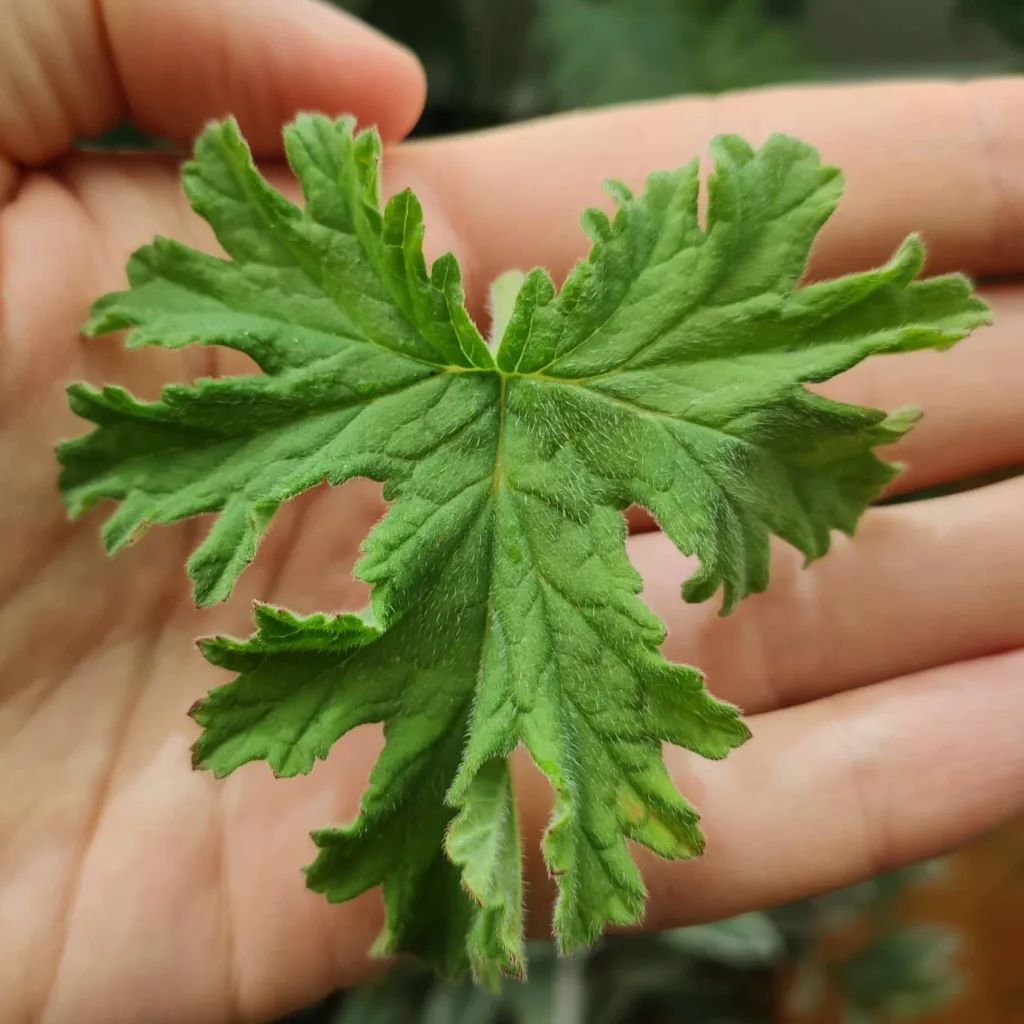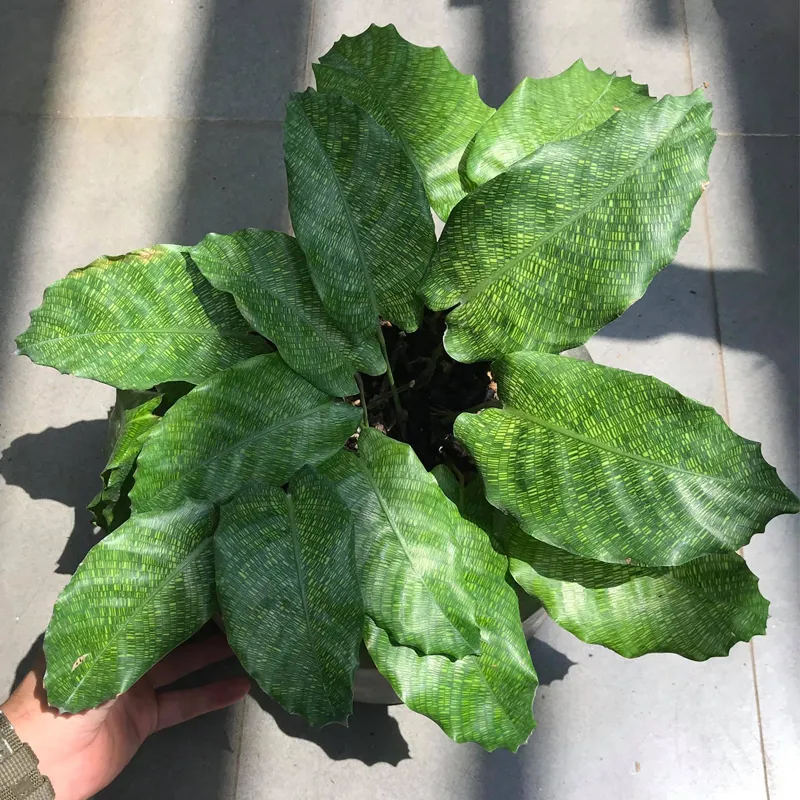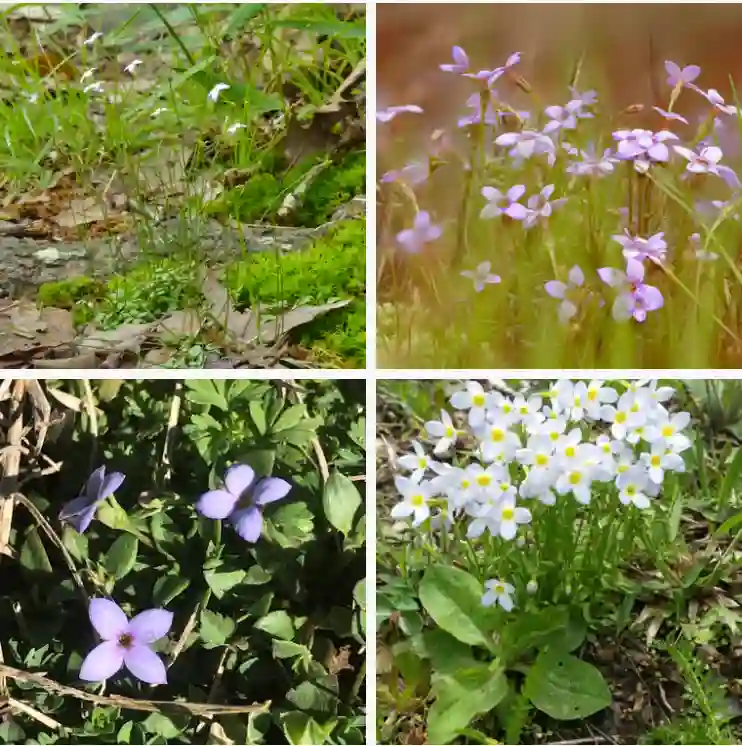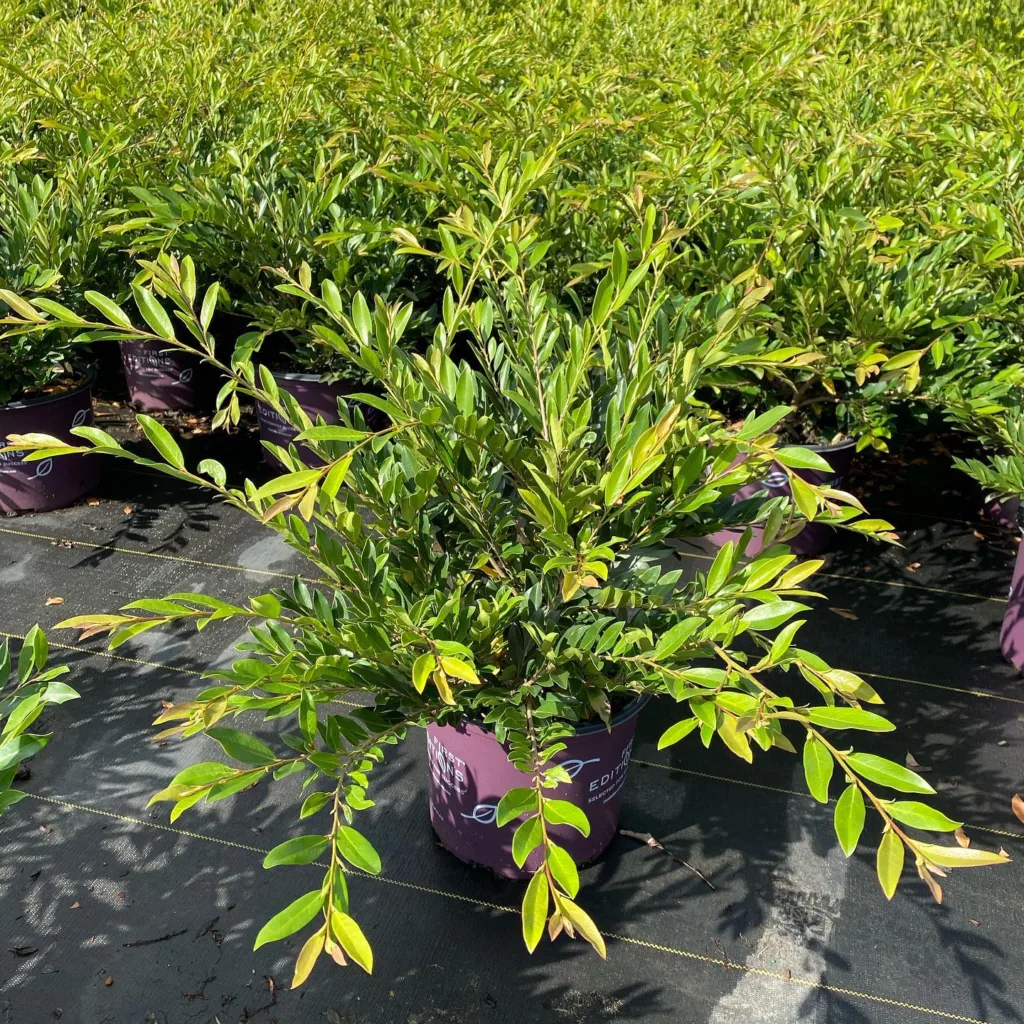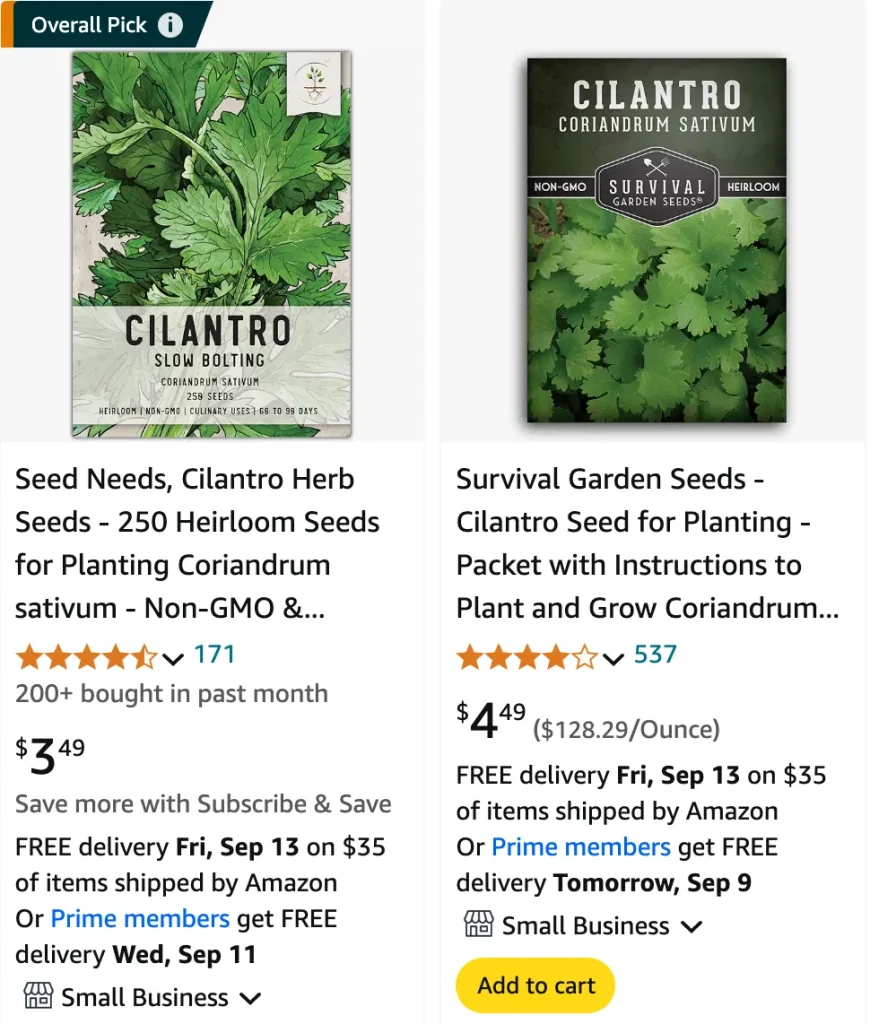
Coriandrum sativum, a plant with a history as rich and diverse as the cuisines it flavors, holds a unique place in the world of horticulture and gastronomy. Known by two distinct names—cilantro for its fresh leaves and coriander for its dried seeds—this annual herb has captivated cultures for millennia. From its humble origins in the Mediterranean to its ubiquitous presence in dishes across the globe, its journey is a fascinating tale of adaptation, flavor, and resilience. This article delves deep into every aspect of this remarkable plant, from the science behind its cultivation to the global tapestry of its culinary uses, all woven together with a personal narrative of a gardener’s time-lapse experience.
The Dual Identity: Cilantro, Coriander, and the Culantro Confusion
Before we embark on our journey, it’s crucial to understand the plant’s dual identity and its common misidentification. Coriander is the scientific name for the plant, Coriandrum sativum. In North America, the fresh leaves and stems are called cilantro, a name borrowed from Spanish. The dried, round seeds, however, are universally known as coriander seeds. This distinction is a key to navigating kitchens around the world.
A common point of confusion arises with culantro (Eryngium foetidum), also known as sawtooth coriander. Despite the similar name and flavor profile, culantro is an entirely different plant. While cilantro has delicate, frilly, flat leaves, culantro is characterized by long, spiky, saw-toothed leaves. Culantro’s flavor is also significantly stronger and more pungent than cilantro, making it better suited for dishes that are cooked rather than used as a fresh garnish. This ability to withstand heat makes it a staple in Latin American and Southeast Asian stews and sauces, whereas cilantro is most often added at the end of cooking to preserve its fresh, citrusy notes.
Cultivating a Culinary Classic: A Comprehensive Growing Guide
Growing Coriandrum sativum is a deeply rewarding experience, though it comes with its own set of challenges. The plant is a cool-season annual that thrives in mild temperatures and has a notorious tendency to “bolt” or go to seed when exposed to heat and long daylight hours.
Environmental Requirements
- Temperature: The ideal temperature range for germination and growth is between 18-25 degrees Celsius (64-77 degrees Fahrenheit). It can tolerate brief periods of colder weather but will quickly bolt in temperatures exceeding 30 degrees Celsius (86 degrees Fahrenheit).
- Sunlight: While it requires sunlight for healthy leaf production (5-6 hours per day), a little afternoon shade can help to prevent it from bolting prematurely, especially in warmer climates.
- Soil: Cilantro prefers well-drained, rich, loamy, or sandy soil with a neutral pH of 6.5 to 7.5. It has a delicate taproot system that doesn’t like to be disturbed, so direct sowing is often recommended.
Planting and Propagation
- Sowing Seeds: The most common method is to sow seeds directly into the garden bed or a pot. To improve germination rates, which can be as low as 50%, gently crush the outer husk of the seeds before planting. Soaking them overnight can also help. Plant the seeds about 1-2 cm deep and 10-15 cm apart. For a continuous harvest, a practice known as succession planting is essential. Sow a new batch of seeds every 2-3 weeks to ensure a steady supply of fresh leaves.
- Starting Indoors: If starting seeds indoors, use biodegradable pots to minimize root disturbance during transplanting. Start them 6-8 weeks before moving them outdoors.
- Container Gardening: Cilantro grows exceptionally well in pots. Ensure the container has good drainage and is filled with a high-quality herb mix.
Care and Maintenance
- Watering: Consistent moisture is key to preventing the plant from bolting. Water regularly, especially during dry spells, but avoid overwatering, as the plant does not like “wet feet.” Applying a layer of organic mulch like sugar-cane mulch or pea straw can help retain soil moisture and keep the roots cool.
- Fertilizing: While not a heavy feeder, a good start is to amend the soil with compost and organic matter before planting. You can also apply a liquid fertilizer high in nitrogen every few weeks to encourage lush, leafy growth.
- Weed Management: Keep the area around the plant free of weeds, as they compete for water, nutrients, and space.
Time Lapse Story: Part 1 – Sowing the Seeds of a Journey
It’s a crisp, cool morning in early spring. The air smells of damp earth and new beginnings. For as long as I can remember, I’ve struggled to grow cilantro. It always bolts too soon, turning from a vibrant green garnish to a spindly, flowering stalk in the blink of an eye. This year, it’s going to be different. I’ve read up on every tip and trick. I’ve selected a spot that gets morning sun but is shaded in the brutal afternoon heat. With a small trowel, I gently break up the soil, mixing in a generous amount of compost. My hands, stained with the rich, dark earth, feel alive. I take a handful of the round, ridged coriander seeds, gently rubbing them between my palms to crack their husks. It feels like a ritual. One by one, I place them in the prepared soil, spacing them out just as the guides recommend. A light watering, a whisper of a promise to the earth, and the journey begins. The waiting is the hardest part. Days pass, a slow march of anticipation, but I know the reward will be worth it.
The Lifecycle of a Cilantro Plant: A Journey from Seed to Spice
Understanding the life stages of Coriandrum sativum is fundamental to a successful harvest, whether you’re after leaves or seeds.
- Seed Germination (Days 5-10): With the right conditions—moisture and a bit of warmth—the seeds will sprout. The first two leaves to emerge, known as cotyledons, are long and narrow, providing energy for the seedling until its first “true leaves” appear.
- Seedling Stage (Days 10-30): The cotyledons support the young plant as the first true, frilly leaves emerge from the center. At this stage, the plant is still delicate and its root system is developing.
- Vegetative Growth (Days 30-45): This is the prime time for harvesting the leaves. The plant’s growth accelerates, producing more and more stems and leaves. The foliage can reach up to 20 inches in height. This phase is what every cilantro lover wants to prolong.
- Bolting and Flowering (Days 45+): Triggered by heat, long days, or stress, the plant “bolts” by sending up a thick, central flower stalk. The leaves become feathery and a slightly different shape, and the flavor can turn bitter. The plant produces delicate white or pale pink flowers in clusters called umbels, which are a magnet for beneficial pollinators.
- Seed Production (Days 60-100): After the flowers are pollinated, they develop into small, round, green seed pods. These pods eventually dry and turn light brown, signaling that they are ready for harvest.
Time Lapse Story: Part 2 – The Eruption of Green
It’s been a week, and I’ve been checking the patch every morning. And then, there it is. A tiny, almost imperceptible green speck. The next day, another. Within days, the entire row is a verdant line of seedlings. It’s a rush of pure joy. I thin them out, giving each survivor space to breathe, a difficult task when every little sprout feels like a victory. Their true leaves emerge, perfect and frilly, a miniature version of the cilantro I see in the grocery store. The air around the patch begins to carry that distinct, fresh, citrusy aroma. I run my hand lightly over the leaves, a gentle caress, and the scent explodes. A few weeks later, the plants are waist-high, a lush green bush of culinary potential. I begin my first harvest, pinching off a few of the outer leaves from each plant. I know I’m not supposed to, but I can’t help it—I taste one right there, the flavor sharp and clean on my tongue. Success feels so good.
Battling the Elements: Common Pests, Diseases, and Deficiencies
Even a seemingly simple herb like cilantro is susceptible to its own share of problems. A vigilant eye and a proactive approach are the best defense.
Pests:
- Aphids: These tiny, sap-sucking insects can cluster on the underside of leaves, causing them to yellow and wilt. They can be deterred by planting companion plants like sweet alyssum. A strong blast of water or an application of insecticidal soap can also help.
- Armyworms: These caterpillars can cause significant damage by devouring foliage. Hand-picking them off the plants is an effective organic control method.
- Leaf Hoppers: These small, wedge-shaped insects can cause yellowing and a general decline in plant health. Applying neem oil or insecticidal soap can manage them.
Diseases:
- Bacterial Leaf Spot (Pseudomonas syringae): This disease manifests as small, dark, water-soaked spots on the leaves. To prevent its spread, avoid overhead watering and ensure good air circulation.
- Powdery Mildew: A common fungal disease that appears as a white, powdery coating on the leaves and stems. It is often caused by high humidity and poor air circulation. Proper spacing between plants is a good preventive measure.
- Root-knot Nematodes: These microscopic worms infest the roots, causing galls or swellings that stunt the plant’s growth and lead to yellowing leaves and wilting. Ensuring the soil is healthy and rotating crops can help prevent their spread.
Nutrient Deficiencies:
- Nitrogen Deficiency: Causes the plant to become yellow or “chlorotic.”
- Phosphorous Deficiency: Leaves may turn purplish and the plant can produce poor-quality flowers.
- Potassium Deficiency: Older leaves show interveinal chlorosis, with yellowing between the veins and marginal necrotic spots.
Time Lapse Story: Part 3 – The Golden Bolt
A heat wave arrives, sudden and unyielding. I know what’s coming. The lush, feathery green leaves begin to change. A thick stalk emerges from the center of each plant, shooting up to the sky. The leaves on this new stalk are finer, more delicate. The scent changes too, becoming less zesty, almost sharper. Soon, the stalks are crowned with tiny, starburst-like white and pink flowers. It’s beautiful, a wild and free display, but I know it signals the end of the fresh cilantro harvest. The flowers buzz with bees and other tiny pollinators, a constant hum of life. I cut the central stalk on a few plants, hoping to coax a few more leaves from them, but it’s a losing battle. My focus shifts. The flowers fade, and I watch as small, green orbs form where they once were. These are the seeds. The potential for a new harvest, a new plant, and a new flavor. The plant is still productive, just in a new way. I’m learning to appreciate the entire lifecycle, not just the part I want.
A World of Flavor and Wellness: Health Benefits and Global Culinary Uses
The versatility of Coriandrum sativum is what makes it a global superstar. The fresh leaves, stems, and roots are used in some cuisines, while the dried seeds are a staple spice in many others.
Health Benefits Both cilantro and coriander are packed with nutrients, including vitamins A, C, and K, as well as antioxidants. They are known to:
- Fight free radicals: The antioxidants in the plant help to protect the body’s cells from damage.
- Support heart health: Some research suggests it can help lower “bad” LDL cholesterol and act as a diuretic to reduce blood pressure.
- Lower blood sugar: Coriander seeds, in particular, have been shown to help activate enzymes that process blood glucose, making them a potential aid for people with high blood sugar.
- Aid digestion: Traditionally used to help with bloating, indigestion, and gas.
- Provide anti-inflammatory properties: Compounds in the plant have been linked to reduced inflammation and potential cancer-cell growth inhibition in laboratory settings.
It is important to note that while consuming cilantro and coriander is generally safe, people on certain medications, such as those for diabetes or high blood pressure, should exercise caution as the plant may interact with these drugs.
Global Culinary Uses
- Latin American Cuisine: Cilantro is an absolute cornerstone. It provides a fresh, citrusy counterpoint to the heat of peppers in salsas, guacamole, tacos, and ceviche. The roots are sometimes used in marinades and soups.
- Indian Cuisine: Both forms of the plant are essential. Ground coriander seeds are a foundational component of many spice blends, including garam masala and curry powder. They lend a nutty, warm, and citrusy flavor to curries, dals, and vegetable dishes. Fresh cilantro is used as a garnish to add a final burst of freshness.
- Middle Eastern and Mediterranean Cuisine: Coriander seeds are often paired with cumin in blends like za’atar and baharat, used to season stews, meats (especially lamb), and vegetables. Fresh cilantro is also used in a variety of salads and dishes.
- Southeast Asian Cuisine: Cilantro and its root are used extensively in Thai, Vietnamese, and Malaysian cooking, where they are integral to curries, soups (like Tom Yum), and stir-fries. The roots, in particular, are prized for their intense flavor.
- European Cuisine: Coriander seeds have a long history of use in European baking and brewing. They are a common addition to rye bread and sausages in countries like Germany and Scandinavia. In Belgium, they are a key flavoring for witbiers.
Time Lapse Story: Part 4 – A Harvest of Abundance and New Beginnings
The green seed pods have become dry and brittle, turning a light, sandy brown. The stalks sway gently in the breeze, rattling like tiny maracas. I run my hand over a cluster, and the seeds drop easily into my palm. They are perfectly round and ribbed, each one a promise of the future. I cut the stalks at their base, tying them into small bundles and hanging them upside down in a cool, dry place. For a week, they hang there, a harvest in suspended animation. When I take them down, I rub the last of the seeds free, collecting them in a small jar. I toast a handful in a dry pan, and the aroma fills the kitchen—warm, nutty, and subtly sweet. It’s a completely different scent than the fresh leaves, a testament to the plant’s dual nature. I grind them with a mortar and pestle, adding them to a curry simmering on the stove. The circle is complete. I’ve grown not just a plant, but two distinct ingredients. I save some seeds for my next planting, ready to start the whole magical time lapse all over again.
Conclusion
Coriandrum sativum is far more than a simple herb. It is a testament to the cycles of nature, a bridge between different cultures, and a powerhouse of flavor and wellness. From the frilly leaves of cilantro to the fragrant seeds of coriander, its journey from seed to spice offers a masterclass in cultivation and a rich sensory experience. The challenge of growing it successfully is met with the dual reward of its fresh, vibrant leaves and its warm, aromatic seeds. Whether in a spicy salsa or a complex curry, this remarkable plant proves that even the smallest of seeds can tell the biggest stories.
If i die, water my plants!
